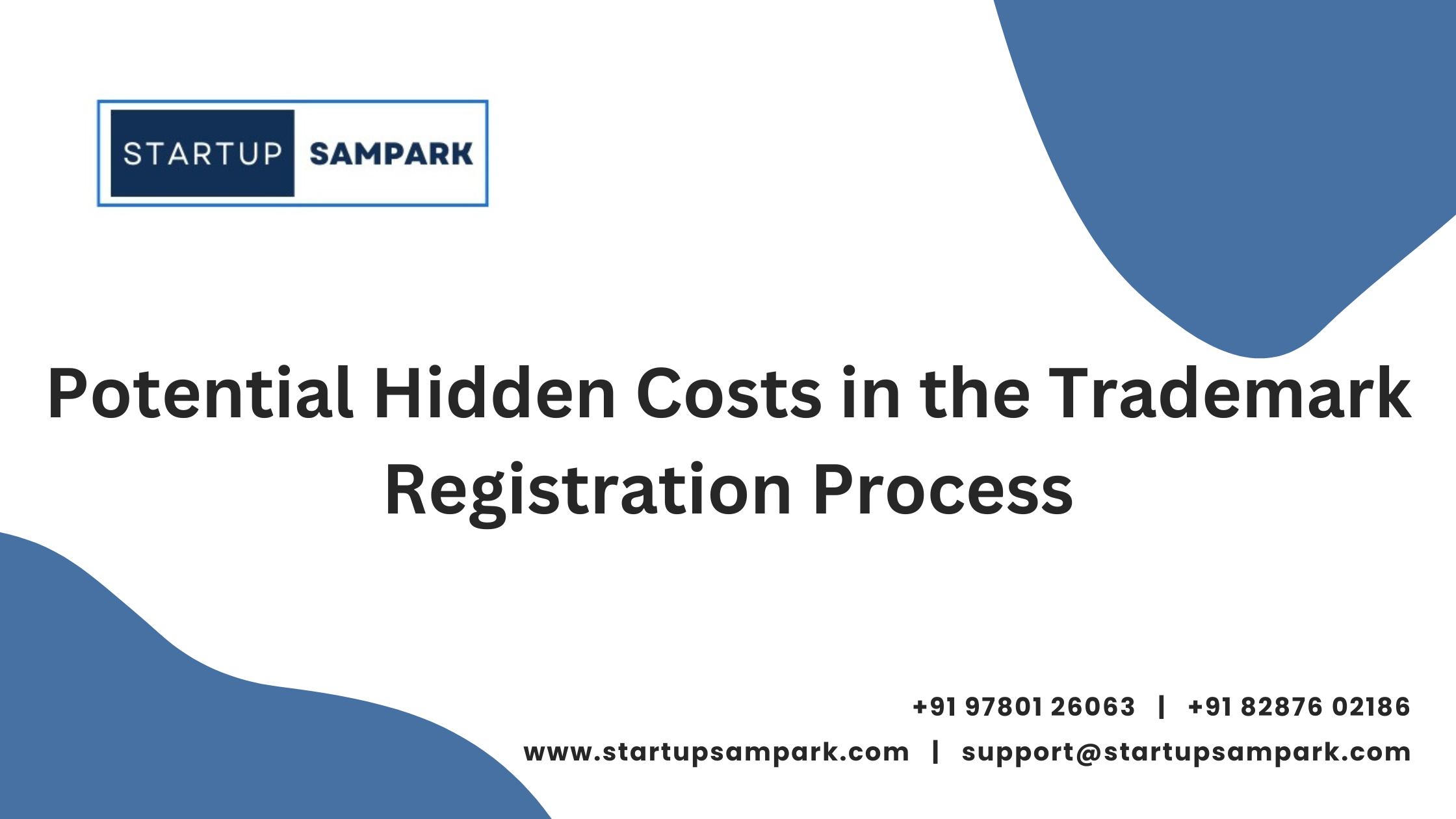Potential Hidden Costs in the Trademark Registration Process
When registering a trademark, businesses often focus on the obvious costs, like filing fees and legal expenses, but there are several potential hidden costs that can arise throughout the process. These costs, if not anticipated, can add up and impact the overall budget for trademark protection. Understanding these hidden costs can help businesses better prepare and manage their trademark registration effectively.
One potential hidden cost is the expense of conducting a comprehensive trademark search. While basic searches are often included in the initial legal fees, more thorough searches that cover potential conflicts in various jurisdictions can be significantly more expensive. A comprehensive search is crucial to identify existing trademarks that could lead to opposition or rejection of your application. Failing to conduct a thorough search might save money upfront but can result in costly legal disputes later on.
Amendments or corrections to the application can also lead to additional costs. If errors are found in the application after submission—such as incorrect descriptions, classifications, or missing documents—filing amendments can incur extra fees. These costs can include both administrative fees from the trademark office and additional legal fees if you need an attorney to assist with the corrections.
If your trademark application is challenged or opposed by a third party, the costs can escalate quickly. Opposition proceedings often require extensive legal work, including drafting responses, negotiating settlements, and potentially attending hearings. These legal fees can be substantial, especially if the opposition is complex or drawn out over a long period. Additionally, the trademark office might charge fees for responding to oppositions or for filing counterclaims.
Another hidden cost is associated with the need to prove the use of the trademark. In some jurisdictions, trademark offices require proof that the trademark is being used in commerce. Gathering and submitting acceptable proof can involve costs related to preparing and documenting evidence, which might include marketing materials, sales receipts, or affidavits. If the evidence submitted is insufficient or rejected, there could be additional costs for resubmission or legal assistance.
International trademark applications, particularly under the Madrid System, can also have hidden costs. While the system simplifies the process, each designated country may have its own additional requirements or fees, such as translation costs, local counsel fees, or fees for meeting specific legal standards. These additional costs can vary widely depending on the countries involved and the complexity of their legal systems.
Renewal fees are another area where hidden costs can arise. Trademark registration is not a one-time expense; it requires periodic renewals to maintain protection. The cost of renewal can increase if the trademark is registered in multiple classes or jurisdictions. Additionally, missing renewal deadlines can result in late fees or even the loss of trademark rights, requiring reinstatement fees or starting the registration process over.
Maintaining a trademark portfolio can also lead to hidden costs. As a business grows, it may acquire multiple trademarks across different regions or product lines. Managing this portfolio requires ongoing administrative work to track renewal dates, monitor potential infringements, and ensure compliance with local laws. Businesses may need to hire additional staff or engage outside firms to handle these tasks, adding to the overall cost of trademark management.
Enforcement of trademark rights is another significant area where costs can be hidden. Once a trademark is registered, the owner is responsible for monitoring and enforcing it against unauthorized use or infringement. This could involve sending cease-and-desist letters, initiating legal action, or defending against counterclaims, all of which come with legal costs. In some cases, enforcing trademark rights in foreign jurisdictions can be particularly expensive due to the need for local legal representation and the complexity of international litigation.
Lastly, rebranding due to trademark conflicts or refusals is a potential hidden cost. If a trademark application is rejected or a conflict with an existing mark arises, the business might be forced to rebrand. This could involve designing a new logo, changing packaging, updating marketing materials, and communicating the change to customers. The costs associated with rebranding can be substantial, particularly if the business has already invested heavily in the original branding.
In summary, the trademark registration process is fraught with potential hidden costs that can catch businesses off guard. From comprehensive searches and application amendments to opposition proceedings, proof of use requirements, and international considerations, these costs can significantly increase the overall expense of securing and maintaining a trademark. By anticipating these potential expenses and planning accordingly, businesses can better manage their trademark strategy and protect their brand effectively.
trademark
-
 MSME Registration₹1,180.00
MSME Registration₹1,180.00 -
 GST Registration₹2,360.00
GST Registration₹2,360.00 -
 Trademark Registration₹7,450.00
Trademark Registration₹7,450.00

















Post Comment